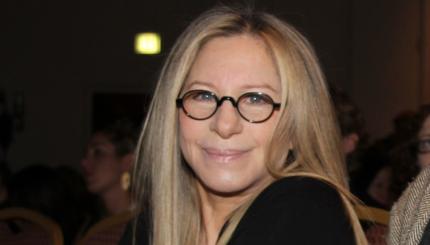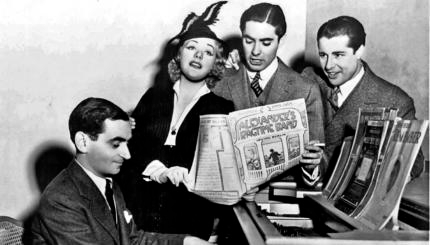Banjo Man Dan
In this season of Thanksgivukkah, I’ve started to think a lot about cultural syncretism. I’ve come to the conclusion that, as a Jewish banjo player playing Hebrew prayers, I’m a very good example of cultural syncretism.
Cultural syncretism can be defined as combining aspects of two different and separate cultures, traditions, or belief systems. Some good examples of cultural syncretism in Jewish life would be the Passover seder being based on a royal meal in Ancient Greece, Ashkenazi challah being a Jewish take on German sweet bread, or the convenient similarities between Purim and Mardi Gras.
So how is a Jewish banjo player an ultimate example of this phenomenon? This calls for a brief history lesson:
The banjo began not in backwoods America, but in medieval Africa. During the colonial period, the banjo was brought over to the Americas by enslaved Africans who found similar materials easily available in their new environment. Soon enough, European Americans soon learned about the banjo from the enslaved African Americans, and by the mid-18th century, European Americans were touring around the country playing banjo in rural and urban settings (typically in minstrel fashion, including the infamous blackface). They also merged it with other musical traditions they were familiar with such as Irish, English, and Scottish music. Everyone was doing it!
Although the banjo waned in popularity in the early 20th century, it was re-popularized in the 1940s with the advent of bluegrass music (a combination of jazz and blues), most Jewish players of the banjo didn’t begin to learn it until the folk revival of the 1950s and 60s. And nowadays, these Jewish players also have brought the banjo into many modern Klezmer bands, combining it with our own old-time Eastern European traditions. They’ve also created their own genre – Jewgrass. Check out Lucky Break, Banjo Billy, and The Sinai Mountain Boys!
Havdallah with a Banjo!
It’s one of those ideas that it is hard to wrap my head around. When I’m playing Debbie Friedman’s Havdalah on the banjo, using chords and lyrics from the handy Shireinu, I’m not combining just African and Jewish traditions. Instead, I’m really combining African, Jewish, Irish, English, Scottish, American, and Eastern European musical traditions into one.
If that’s not cultural syncretism – I’m not sure what is. Bring it on, Thanksgivukkah!
Ashkenazi
Pronounced: AHSH-ken-AH-zee, Origin: Hebrew, Jews of Central and Eastern European origin.
challah
Pronounced: KHAH-luh, Origin: Hebrew, ceremonial bread eaten on Shabbat and Jewish holidays.
Havdalah
Pronounced: hahv-DAHL-uh, Origin: Hebrew, From the root for “to separate,” the ceremony marking the end of Shabbat and the beginning of the week.
Purim
Pronounced: PUR-im, the Feast of Lots, Origin: Hebrew, a joyous holiday that recounts the saving of the Jews from a threatened massacre during the Persian period.
seder
Pronounced: SAY-der, Origin: Hebrew, literally “order”; usually used to describe the ceremonial meal and telling of the Passover story on the first two nights of Passover. (In Israel, Jews have a seder only on the first night of Passover.)



